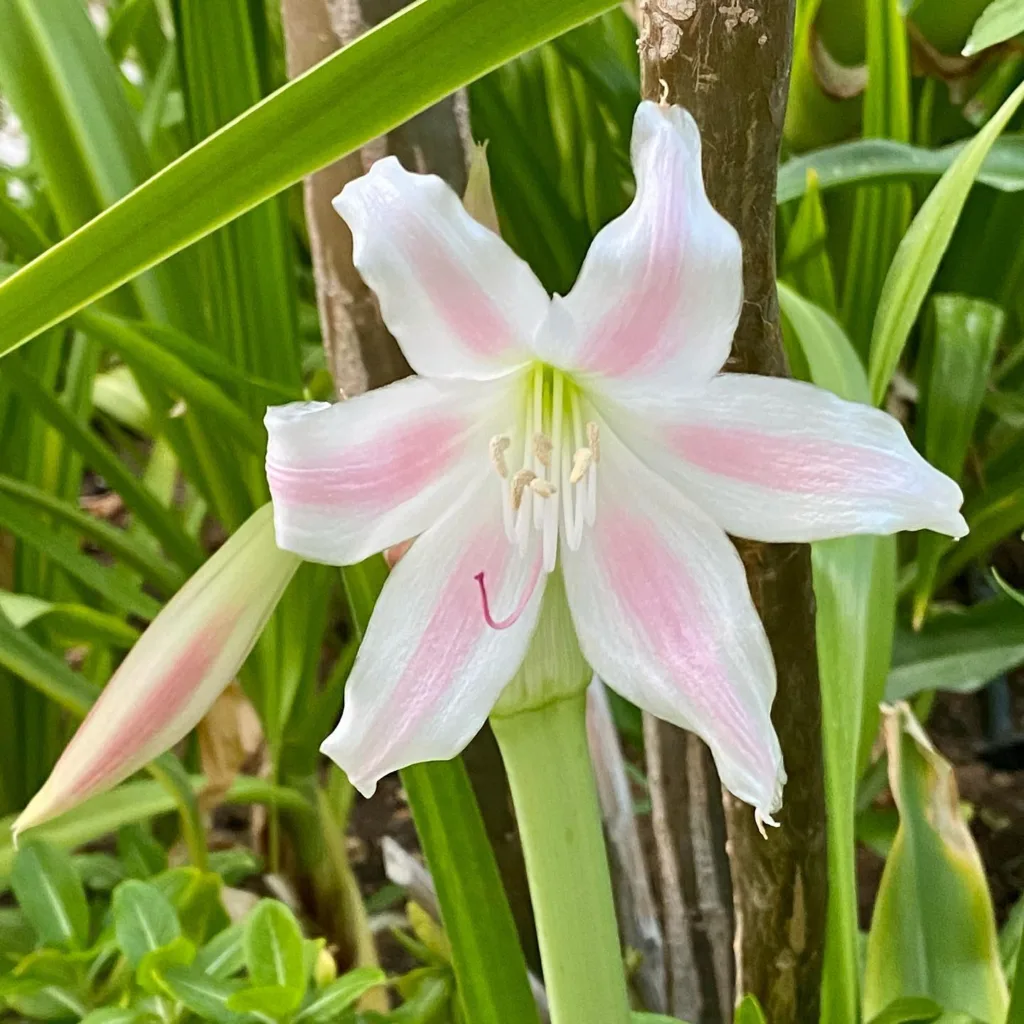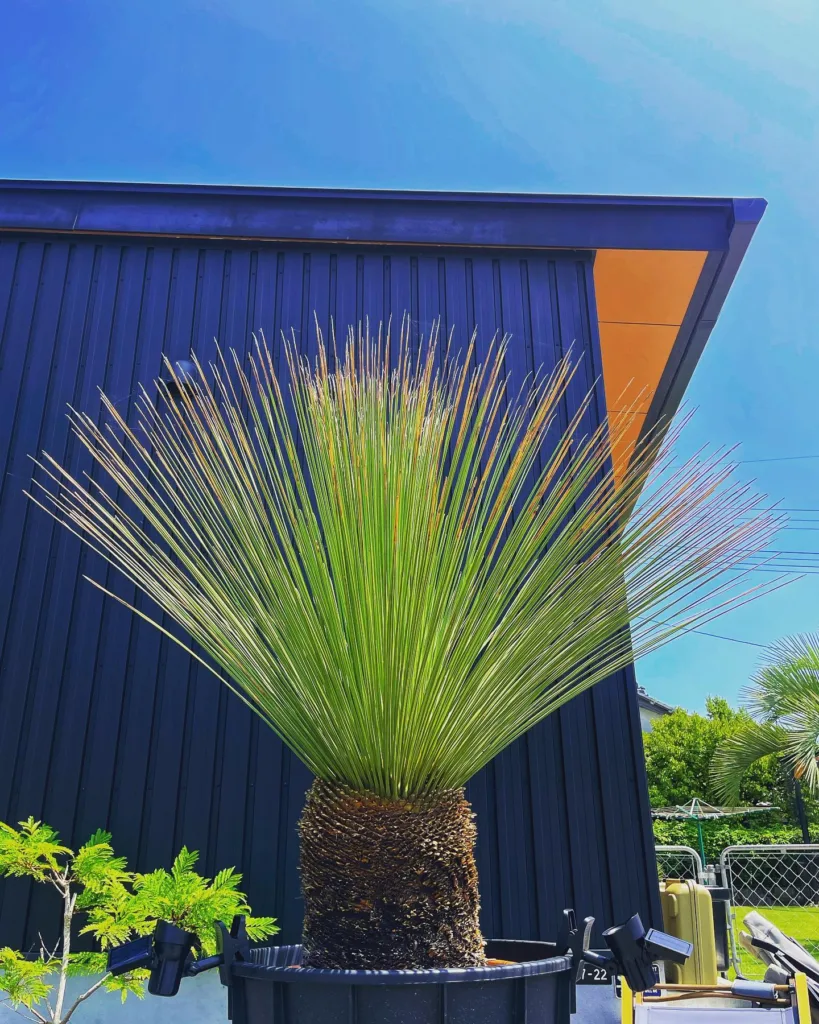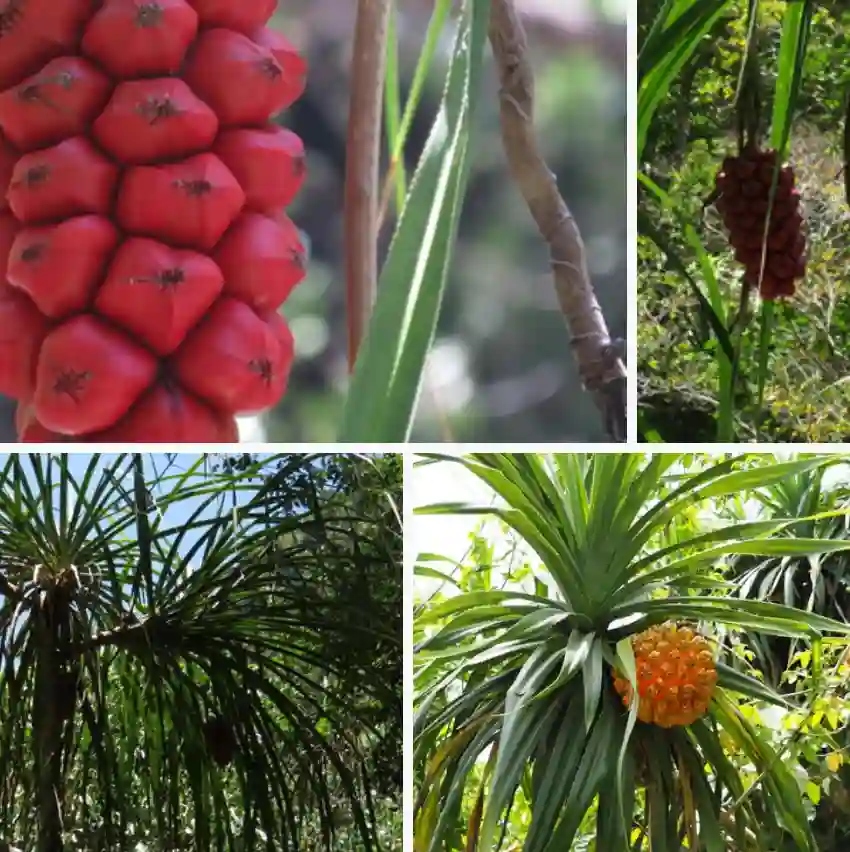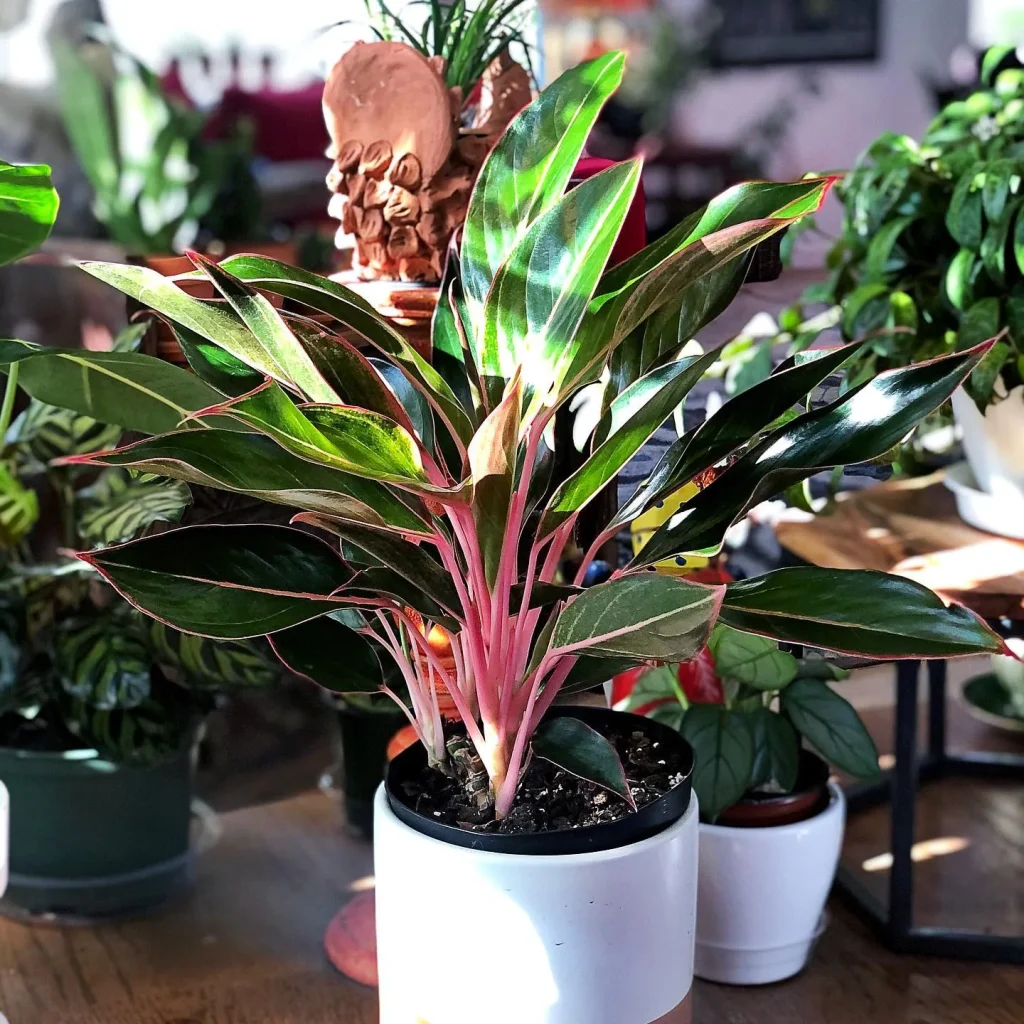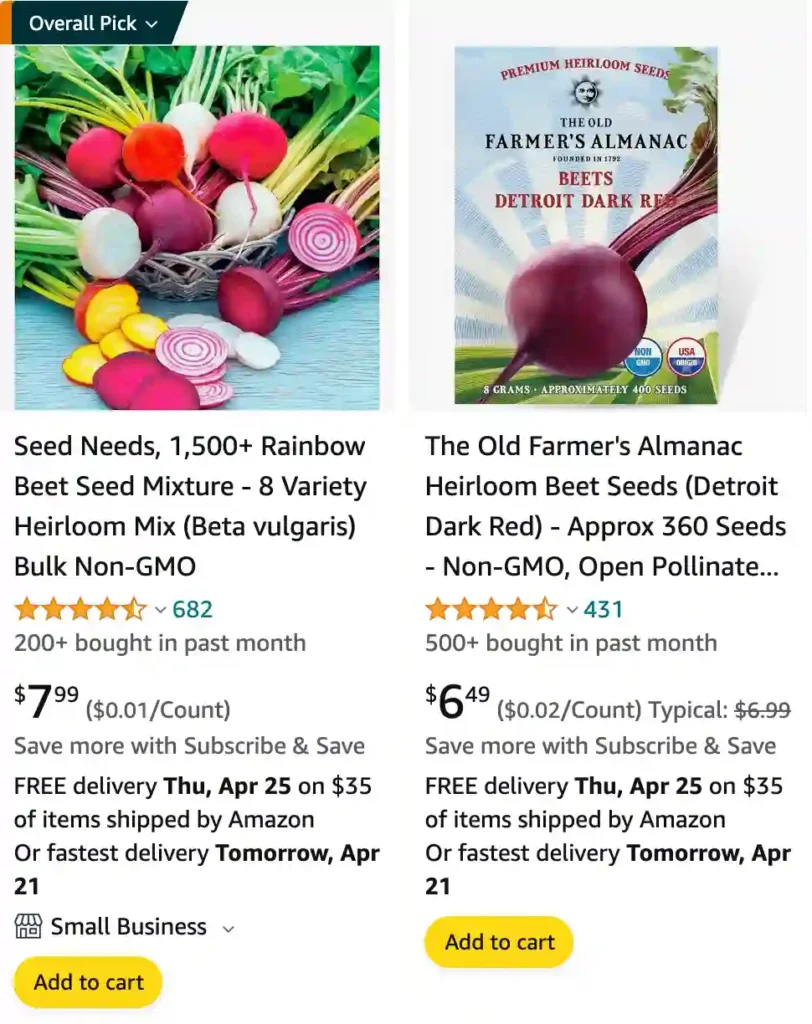
Beetroot – A Vibrant and Versatile Treasure
As an avid plant enthusiast, I’ve often marveled at the vibrant simplicity of beetroot, scientifically known as Beta vulgaris. This humble root crop has carved out a place in my life not just for its earthy flavor but for the endless potential it holds, both in my garden and on my plate. Over the years, growing, preparing, and exploring beetroot has taught me that this plant is more than a garnish or a health food trend—it’s a vibrant piece of nature’s bounty.
10 Species in Genus Beta
A Love Affair with Beetroot
My journey with beetroot began in my backyard garden. Its striking crimson roots peeking through the soil first caught my attention. Planting beets is a gratifying experience because they grow quickly and are relatively fuss-free. The seeds, which are actually dried fruit clusters containing multiple seeds, are planted in well-draining soil with ample sunlight. Within weeks, the delicate green shoots emerge, and soon after, the characteristic round or cylindrical roots begin to form.
One thing I love about Beta vulgaris is its resilience. Beets thrive in both spring and fall, tolerating a range of temperatures. This makes them a reliable crop for anyone new to gardening or experimenting with vegetables. As I’ve come to learn, beetroot also has a long history as a cultivated plant, dating back to ancient civilizations that valued it for its nutritional and medicinal properties.
Nutritional Goldmine
Beetroot isn’t just a feast for the eyes; it’s a powerhouse of nutrients. Its rich, earthy flavor hints at the abundance of vitamins, minerals, and antioxidants packed within. Beets are particularly high in folate, which supports cell function and tissue growth, and nitrates, known to improve blood flow and reduce blood pressure.
In my kitchen, I’ve often used beetroot to add a splash of color and a nutritional boost to dishes. Whether roasted, boiled, or juiced, it brings a unique sweetness that complements both savory and sweet flavors. Beet greens, often overlooked, are another nutrient-rich part of the plant. Sautéed with garlic and olive oil, they’re a delicious alternative to spinach or chard.
A Plant with Versatility
Beetroot’s versatility extends far beyond the kitchen. Its pigments, particularly betalains, are not only antioxidants but also natural dyes. I’ve used beet juice to color pasta, frostings, and even as a fabric dye for small DIY projects. Its adaptability reminds me of how interconnected plants are with our lives, blending the lines between food, art, and science.
In recent years, I’ve explored fermenting beetroot to make beet kvass, a traditional Eastern European probiotic drink. This tangy, slightly fizzy beverage has become a staple in my refrigerator, offering digestive benefits and a refreshing way to enjoy this vibrant root.
Sustainability in Beet Cultivation
Growing beetroot has also deepened my appreciation for sustainable gardening. Beets don’t demand much water or fertilizer, making them an environmentally friendly choice for the home gardener. Additionally, they’re excellent companions for plants like onions and lettuce, as they don’t compete heavily for nutrients.
One practice I’ve adopted is crop rotation, ensuring that beets don’t deplete the soil of specific nutrients. After harvesting, I compost beet greens and remnants, creating a full-circle approach to gardening that feeds the next cycle of crops.
Beetroot’s Cultural and Historical Significance
Learning about beetroot’s history has added another layer to my appreciation. It’s fascinating to think that this plant was cultivated by the Romans and later spread across Europe and Asia. In many cultures, beetroot has symbolic value—representing health, vitality, and prosperity.
From borscht, a traditional beet soup in Eastern Europe, to beet salads in Mediterranean cuisines, Beta vulgaris has transcended borders and cuisines. Even in modern times, the rise of beetroot powder as a superfood showcases its adaptability and timeless appeal.
FAQs
Beetroot vs Radish
I find radishes to have a sharper, spicier taste compared to beetroot. Radishes are great for salads, adding a zesty kick, while beetroot has a richer, earthy flavor that I enjoy in soups or roasted with olive oil.
Beetroot vs Sugar Beet
Sugar beets are mainly grown for sugar production, while beetroot is prized for its edible root and leaves. I’ve tried sugar beet in some dishes, but I prefer the flavor and nutritional benefits of beetroot.
Canned Beetroot vs Fresh
Fresh beetroot wins hands down for me. Canned beetroot can be convenient, but nothing beats the flavor and texture of fresh beetroot, especially when roasted or grated raw in salads.
Beetroot Capsules vs Beetroot Juice
I’ve tried both for their health benefits. I lean towards beetroot juice because it feels more natural and refreshing, but capsules are convenient when I’m on the go.
Beetroot Juice vs Beetroot Powder
I prefer beetroot juice because it’s easier to incorporate into smoothies and drinks. Beetroot powder is handy for baking and adding to recipes for a nutritional boost.
Raw Beetroot vs Cooked Beetroot
I love both, but raw beetroot grated into salads or thinly sliced with a sprinkle of salt is a favorite. Cooked beetroot, especially roasted with garlic and herbs, brings out its sweetness beautifully.
Beetroot vs Turnip
Turnips have a more subtle flavor compared to beetroot’s earthy sweetness. I use turnips in stews and soups but reserve beetroot for salads and as a side dish.
Ashwagandha vs Beetroot
Ashwagandha is great for stress relief and overall health, but beetroot wins for taste and versatility in cooking. I often choose beetroot for its culinary uses.
Beetroot vs Carrot
Carrots are sweeter and crunchier, great for snacking, while beetroot adds a deeper flavor profile to dishes. I use them interchangeably depending on what I’m cooking.
Beetroot vs Citrulline
Citrulline is found in watermelon and can boost exercise performance, but beetroot is more accessible for me and easier to incorporate into my diet.
Beetroot vs Dragon Fruit
Dragon fruit is exotic and refreshing, but beetroot is a staple with a richer flavor and more culinary uses. I enjoy both for different reasons.
Beetroot vs Potato
Potatoes are comfort food, versatile for frying, mashing, or baking. Beetroot, roasted or grated raw, offers a different texture and flavor that I love in salads and as a side dish.
Beetroot vs Spinach
Spinach is milder and versatile for salads and cooking, while beetroot adds a unique color and sweetness that’s perfect for salads and juices.
Beetroot Sugar vs Cane Sugar
Beetroot sugar is less processed and retains more nutrients compared to cane sugar. I like using beetroot sugar for baking when I want a slightly earthy sweetness.
Beetroot vs Sweet Potato
Sweet potatoes are sweeter and great for fries or mash, while beetroot has a more distinct earthy flavor that’s fantastic roasted or in salads.
How do you roast beetroot?
Roasting beetroot is simple and brings out its natural sweetness. I preheat the oven to 400°F (200°C), scrub the beetroot clean, trim off the greens (leaving about an inch of stem), wrap them individually in foil after drizzling with olive oil, and roast for about 45-60 minutes until tender. Once cooled, I peel off the skin—it comes off easily after roasting—and slice or dice as desired.
Can u eat raw beetroot?
Absolutely! Raw beetroot is delicious grated or thinly sliced in salads. It has a crunchy texture and a slightly earthy sweetness that adds a fresh element to dishes.
Does beetroot help sexually?
Beetroot is known to contain nitrates, which can improve blood flow. Some people believe this may have a positive effect on sexual health, but individual experiences can vary. For me, I enjoy beetroot more for its taste and nutritional benefits.
How do you cook fresh beetroot?
Cooking fresh beetroot can be done in various ways. Besides roasting, you can boil them whole with the skin on until tender (about 30-45 minutes, depending on size), then peel and slice. They can also be steamed or even grated raw for salads.
How do you prepare fresh beetroot?
To prepare fresh beetroot, I start by washing them thoroughly to remove any dirt. If I’m roasting them, I leave the skin on and trim the greens, drizzle with olive oil, and wrap them in foil. For other methods, I peel them after cooking or leave the skin on if I’m grating them raw for salads.
How to make beetroot juice?
Making beetroot juice is easy and nutritious. I wash and peel the beetroot, cut it into chunks, and blend it with water until smooth. Sometimes I add a squeeze of lemon or ginger for extra flavor.
How much beetroot powder per day?
It varies, but a common recommendation is about 10 grams of beetroot powder per day mixed with water or added to smoothies. I usually adjust based on my nutritional needs and preferences.
How do i boil beetroot?
To boil beetroot, I start by washing them thoroughly and trimming the greens. Then I place them in a pot, cover with water, and bring to a boil. Reduce the heat and simmer for about 30-45 minutes until tender. After cooling, I peel off the skin and use them as desired.
Can dogs eat beetroot?
Yes, dogs can eat beetroot in moderation. It’s a nutritious vegetable that can be cooked or grated raw as a treat. However, it’s best to introduce it gradually to see how your dog tolerates it.
Where can i buy beetroot juice?
Beetroot juice is commonly available in health food stores, supermarkets, and online retailers. I usually find it in the fresh produce section or as a bottled drink in the juice aisle.
How long does beetroot take to grow?
Beetroot typically takes about 8-10 weeks to grow from seed to harvest. It’s a relatively fast-growing vegetable that thrives in cool weather.
How long does it take beetroot to germinate?
Beetroot seeds usually germinate within 7-14 days, depending on soil temperature and moisture levels. I’ve found them to be quite reliable once planted.
How to make beetroot powder?
Making beetroot powder involves drying grated or sliced beetroot in a dehydrator or oven at a low temperature until crisp. Then, I grind it into a fine powder using a blender or food processor.
What do beetroot look like when ready to harvest?
Beetroot is ready to harvest when the root is about 1-3 inches in diameter, depending on the variety. The greens are also edible and can be harvested along with the root.
What does beetroot taste like?
Beetroot has a sweet, earthy flavor with a hint of bitterness. It’s delicious roasted, boiled, or raw in salads, adding a vibrant color and unique taste.
Where to buy beetroot?
Fresh beetroot is available at farmers’ markets, grocery stores, and online retailers. I prefer buying organic beetroot for its flavor and nutritional value.
Can bunnies eat beetroot?
Yes, bunnies can eat beetroot in moderation. It’s a nutritious treat that can be given raw or cooked. Introduce it gradually to your bunny’s diet to ensure they tolerate it well.
How to make beetroot chips?
Making beetroot chips involves slicing fresh beetroot thinly, tossing with olive oil and seasoning, and baking in the oven at a low temperature until crisp. They make a delicious and healthy snack.
What colour is beetroot?
Beetroot comes in various colors, but the most common are deep red or purple. Some varieties also have golden or white beetroot, each with its own flavor profile.
Can bearded dragons eat beetroot?
Bearded dragons can eat beetroot occasionally as part of a varied diet. It should be cooked and offered in small amounts, alongside other vegetables and greens.
Can cats have beetroot?
Cats can eat beetroot in small amounts, but it’s not a necessary part of their diet. Some cats may enjoy the taste, but others may not be interested.
Can goats eat beetroot?
Yes, goats can eat beetroot as part of their diet. It’s nutritious and can be fed raw or cooked, but like other foods, it should be introduced gradually.
Is beetroot keto friendly?
Beetroot is higher in carbohydrates, so it’s not typically considered keto-friendly in large quantities. However, small amounts can be incorporated into a keto diet depending on individual carb limits.
Final Thoughts
Reflecting on my relationship with beetroot, I realize how much it has taught me about the symbiotic relationship between humans and plants. It’s more than a crop; it’s a bridge to history, a canvas for creativity, and a cornerstone of health.
Whether you’re a gardener, a foodie, or someone exploring healthier eating, beetroot is a plant worth embracing. Its vibrant roots and leafy greens hold endless possibilities, making it a delightful and sustainable addition to any garden or meal.
For me, the humble Beta vulgaris is a testament to nature’s ability to provide—reminding me every day that beauty, resilience, and nourishment often come in the simplest forms.
If i die, water my plants!
